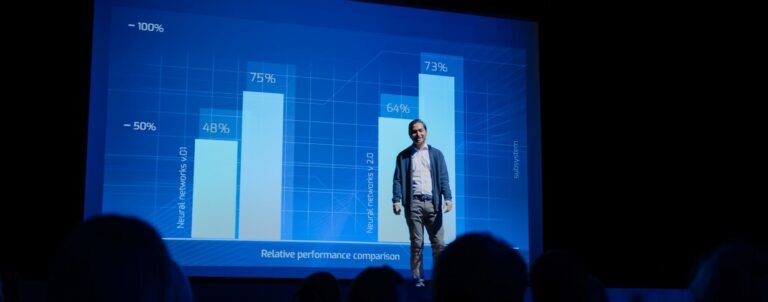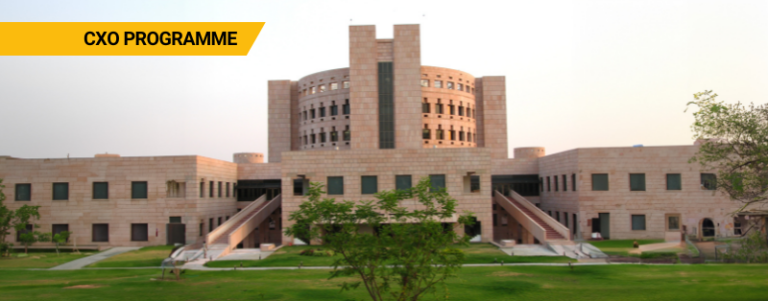Distributed Leadership: A Collaborative Approach to Organizational Success

Traditional top-down leadership models are no longer enough to meet the demands of today’s dynamic organizations. This is why we look at what is distributed leadership, a new approach, emphasizing teamwork, shared responsibility, and trust, which is gaining popularity. This innovative style enables all team members to become leaders.
In this blog you’ll learn,
- What is Distributed Leadership?
- Key Principles of Distributed Leadership
- Benefits of Distributed Leadership
What is Distributed Leadership?
Distributed leadership is a dynamic leadership style applicable to any organization that prioritizes collaboration and teamwork over traditional top-down leadership.
Its primary objective is to nurture leaders who leverage their expertise to advance the organization’s goal. Those in leadership positions make decisions based on mutual trust and shared responsibility.
This approach employs a horizontal structure where leadership roles are adaptable and fluid within the organization. It means that any team member can become a leader based on their unique skills or contributions to a project.
In this model, leaders provide guidance and support to their teams, fostering collaboration rather than issuing directives. It’s more like everyone shares the responsibility. This is different from the usual way where the manager tells everyone what to do. In distributed leadership, it’s about working together and trusting each other to get things done.
Key Principles of Distributed Leadership
1. Autonomy
A distributed leadership style empowers team members to contribute to the organization’s success actively. It doesn’t confine leadership to a single individual or role. Instead, it fosters a culture where each of the employees drive innovation and progress at work.
Leaders have the freedom to make decisions and experiment with new approaches without the direct approval of higher-ups. This approach recognizes that those closest to a problem often have the most relevant expertise to resolve it effectively.
2. Accountability
In distributed leadership, leaders still receive overall guidance from senior management. However, senior management is also responsible for giving leaders the autonomy to experiment, learn from failures, tackle challenges, and pursue innovative ideas.
Distributed leaders share responsibility for meeting the organization’s goals. Within this model, leaders hold themselves accountable for their actions and contributions since they have the power to make their own decisions.
3. Capacity
In this model, innovation and input come from all levels of the organization rather than being confined to a few. To generate ideas and implement improvements, leaders must have access to adequate resources and support. Providing leaders with the necessary training and tools is essential to equipping them for success.
4. Mentorship
A key difference between traditional and distributed leadership is the focus on developing new leaders. In a distributed model, sharing knowledge and skills is essential, so leaders also play a role as coaches.
Leaders identify and mentor employees who show potential for leadership. They help these employees develop their professional abilities so they can assume leadership roles in the future.
5. Reflection and Feedback
Distributed leaders reflect on their work and critique their processes. This is essential for maintaining autonomy and accountability in a system where decision-making is shared.
Both emerging and experienced leaders learn from team discussions about problem-solving, success, and failure. Furthermore, they actively seek feedback from everyone involved, cultivating a culture of continuous improvement and growth.
6. Shared Responsibility
Distributed leadership revolves around shared responsibility rather than merely delegating tasks. Instead of a top-down approach where individuals in positions of authority assign work to subordinates, teams with expertise in different areas must collaborate to achieve common goals. Leaders help maintain the organization’s vision and goals and empower team members to make their own decisions.
Benefits of Distributed Leadership
1. Open Sharing
Distributed leaders encourage all team members to share their ideas and feedback actively. Moreover, this fosters a collaborative environment where everyone’s perspectives and contributions are valued, leading to better problem-solving and decision-making.
2. Drives Innovation
Organizations employing this model empower team members to use diverse and innovative methods to drive improvements. While the end goals remain the same, the paths taken to reach them may vary. This culture of innovation allows organizations adapt to changing circumstances and stay competitive.
3. Promotes Development
This leadership style provides opportunities for team members to develop their leadership skills to advance in the organization. Existing leaders can mentor and train new leaders, creating a more sustainable leadership pipeline.
4. Enhances Collaboration
Distributed leadership enhances collaboration by encouraging employees with diverse skills and perspectives to work together on complex projects. This fosters a supportive environment where team members can rely on each other to achieve common goals. This dynamic drives motivation and success among project teams.
Enhance Your Leadership Skills With Emeritus
Enhance and cultivate your leadership excellence through Emeritus. Our comprehensive leadership programs empower you with knowledge, skills, and strategies needed to excel in today’s dynamic business environment. Our courses are designed to enhance your leadership abilities, improve decision-making, and foster effective team management. With a focus on practical insights and real-world applications, Emeritus equips you with the tools to lead with confidence.
So, begin your transformative journey and unlock your full leadership potential to drive success in your career.






